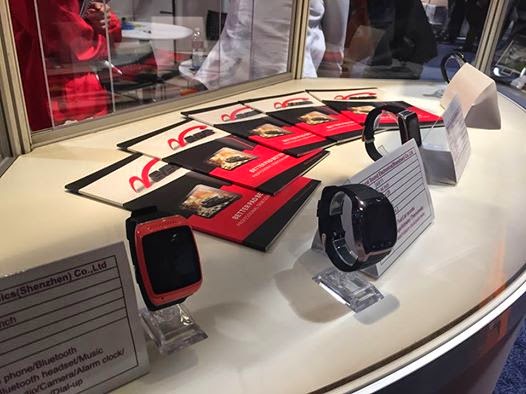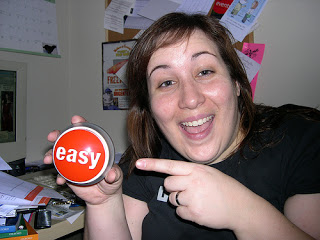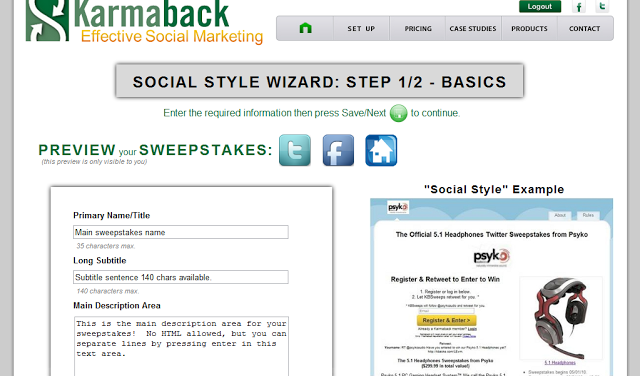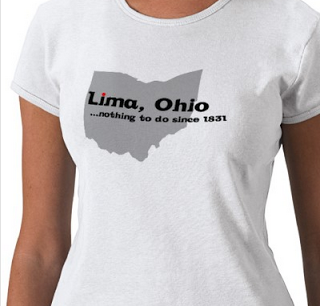I’ve sold both products and services. I’ve sold them together, and separately. Without a doubt, no question about it, selling a product is far easier than selling services. Here are some examples of stuff I’ve sold, and why products were easier than services:
At the age of 10, I was the youngest kid in Lima, Ohio (where i grew up) to ever have their own paper route. My job was to deliver papers (the easy part, and fun on my bike), and to “collect” payment… People see newspaper as a service… and collecting that $5 per month was the bane of my existence. People just didn’t want to pay me. “The kid is knocking again” would be their complaint… when I came knocking, door-to-door to collect the monthly fee for the Lima Newspaper. The problem: they weren’t “getting a product” at that moment. Those same houses would gladly fork over $1 for a candy-bar sale, or $5 for a dinner plate…but newspaper service… “ah, come back tomorrow when I’ve got some cash”.
At 16, I went door-to-door selling “Ariel Photography”… it was much easier than selling newspaper service! I could show them a picture of their home… in full color and a huge picture. “Yours right now for $100”, I’d start out. Surprisingly many would say yes! (even though I’d go as low as $25 for the sale). Why? It was a product.. it was done.. it was right there… and I would “fake-walk-away” to close the sale all too often. Don’t get me wrong… walking door-to-door is always hard… but selling a Product was far easier than selling the service. Imagine: “Hi, I’ve got a plane, and would like to fly over your home and take a photo for just $100, can you please pay me now, and then I’ll send you your picture?” —> yah, that wouldn’t work at all!
Selling Killer NICs from my startup Bigfoot Networks was easy too: list the product at the store… tell people it’s there… get some press… watch sales happen.
Same for selling Psyko 5.1 Surround Sound headphones: get listed, get decent reviews, market a little… watch money come in.
Now try selling “social marketing”.. such as I do with Karmaback. Selling it as a product: “click here to setup your sweepstakes now for $49” vs. a service “call us or email us for a free quote in 24 hours”… which do you think is “easier to sell”? The product is easier to sell (as long as it satisfies the needs of the customer)… unfortunately a Sweepstakes alone often doesn’t satisfy… customers often want more… (how to turn it into sales, how to customize how it looks, strategy, iphone apps, coupons, etc. etc.)… these additional needs DO mean additional revenue opportunities. But selling them is harder: figure out needs, work up a proposal, develop a relationship, build a plan, get consensus, get internal acceptance/approval, etc.
So, if you can possibly “productize” your “service offering”.. go for it! Karmaback is sure trying to do just that: stay tuned!
p.s. buy the t-shirt here:








